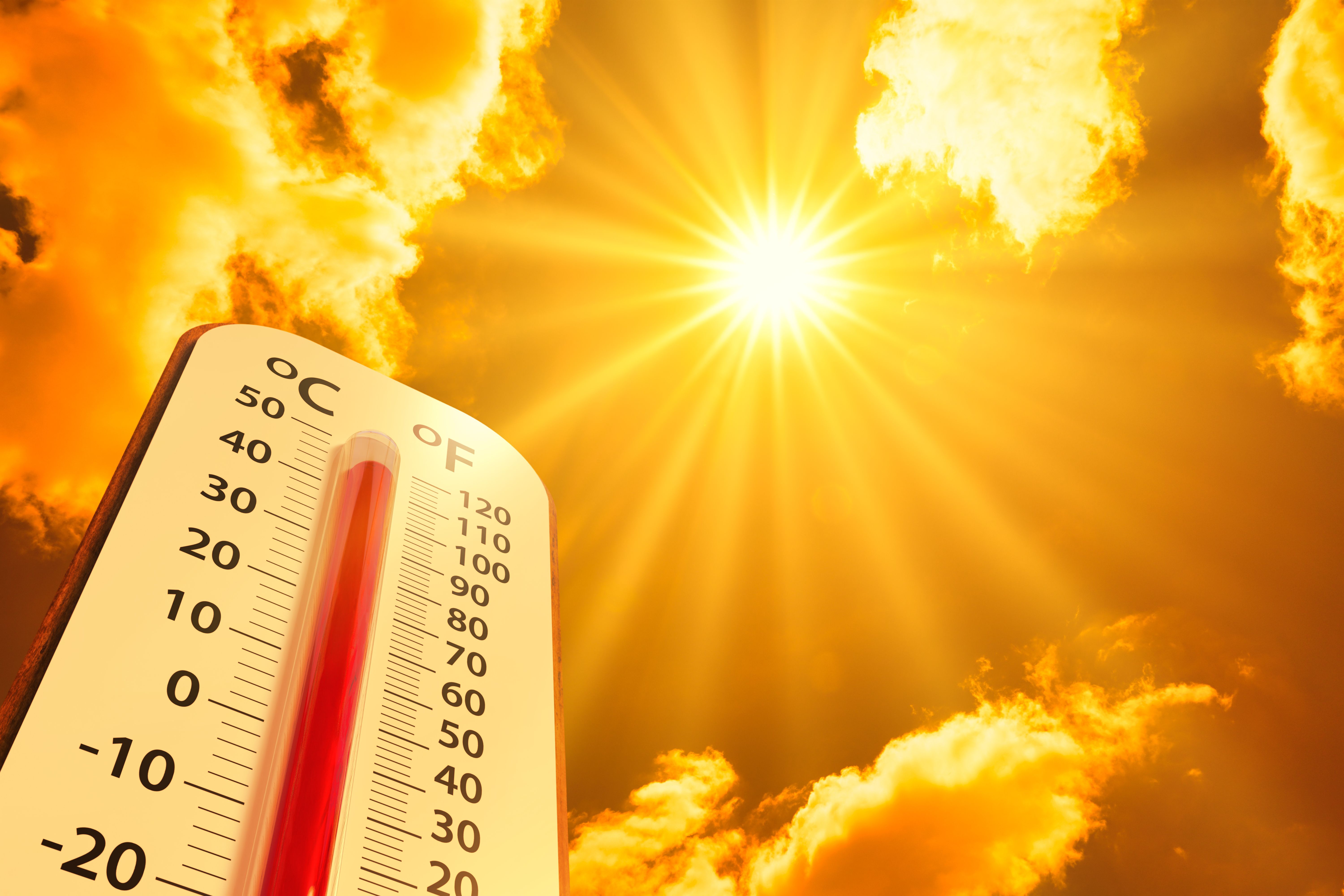- Center on Health Equity & Access
- Clinical
- Health Care Cost
- Health Care Delivery
- Insurance
- Policy
- Technology
- Value-Based Care
Review Identifies Multiple Climate Change Factors Influencing Skin Cancer Rates
A literature review has found that ultraviolet radiation, rising temperature, and air pollution could be possible climate-related influences on skin cancer rates.
Ultraviolet (UV) radiation, occupation, rising temperature, individual behavior, and air pollution are all climate-related factors that could increase the incidence of skin cancer, according to a scoping review published in Public Health.1
The study was intended to explore published research on the relationship between climate change and skin cancer, as well as the implications for prevention, management, and future research.
Climate change is anticipated to have adverse effects on human health, including skin cancer. Globally, skin cancers are the fifth most common cancer, with Australia having the highest incidence and melanoma being the most common cancer type among people aged 20 to 29 years. According to the World Health Organization’s International Agency for Research on Cancer, there were more than 1.5 million new cases of skin cancer worldwide in 2022—333,000 of which were melanoma—and nearly 60,000 people died.2 However, there a lack of scoping or systematic reviews that assess the relationship between climate change and skin cancer.
Study authors determined that future research priorities should focus on the relationship between climate change and skin cancer, and encompass primary epidemiological research and reviews | Image credit: lamyai - stock.adobe.com

Researchers reviewed articles published in English by searching MEDLINE, Embase, CINAHL, Web of Science, and Scopus on April 14, 2023. The articles were screened by 2 independent reviewers, and data were extracted by 1 reviewer and checked by another.
Of the 1376 publications identified, 45 were included in the analysis. Nine were primary research papers and 36 were secondary research papers, of which 14 were reviews, 7 were perspectives, 2 were commentaries, 2 were editorials, 1 was a minireview, 1 was an essay, and 9 were uncategorized. All papers were published between 2002 and 2023. The primary papers came from Australia, Belgium, Czech Republic, England, New Zealand, Norway, Poland, the United Kingdom, the US, and South Africa.
Thirty-eight papers, comprising 8 primary and 30 secondary research papers, explored UV exposure's nuances in causing skin cancer, including differences in keratinocyte cancers and melanomas' exposure patterns, with additional insights from reviews, perspectives, editorials, and essays aligning with primary research. Two papers emphasized public health guidance on UV levels.
Although none of the primary papers explored occupational, rural, or contextual factors for skin cancer risk, 11 secondary papers did. One paper highlighted outdoor workers' heightened risk based on epidemiological studies and a systematic review. Another noted that low-income laborers tend to work outdoors, and lower socioeconomic status is associated with thicker melanomas and delayed detection.
Two primary and 19 secondary research papers explored the association between ambient temperature, climate change, and skin cancer rates, with 1 paper establishing a link between rising temperatures and keratinocyte cancer rates and 2 review papers expressing uncertainty about this relationship.
Four primary and 26 secondary research papers studied how increased temperatures affect behaviors related to skin cancer risk, revealing a complex and varied pattern where UV exposure levels could increase in certain locations with rising temperatures, but individuals might also reduce sun exposure behavior during hotter periods.
Three primary and 5 secondary research papers explored skin cancer prevention and health care access amidst climate change and rural health challenges, emphasizing the need for heightened public health awareness and targeted interventions for high-risk populations, particularly in lower socioeconomic contexts facing potential mass displacement due to climate shifts.
No primary papers looked into air pollution's connection to rising skin cancer rates, but 5 secondary papers did, suggesting air pollution as a potential factor in skin cancer based on epidemiological and cohort studies.
There were some limitations of this review, including that it only focused on human studies, challenges around extrapolating research on heat or air pollution on human health outside the context of climate change. The authors also noted gaps in research on these factors in rural settings, as well as how other social determinants of health could have an impact on skin cancer rates.
The authors concluded, “Priorities for further research on the relationship between climate change and skin cancer should include primary epidemiological research and reviews that adhere to internationally recognised review guidelines and that include assessment of the role of health services and social determinants in the causal pathways of this relationship.”
References
1. Watson TPG, Tong M, Bailie J, Ekanayake K, Bailie RS. Relationship between climate change and skin cancer and implications for prevention and management: a scoping review. Public Health. 2024:227:243-249. doi:10.1016/j.puhe.2023.12.003
2. Skin cancer. WHO’s International Agency for Research on Cancer. Accessed May 2, 2024. https://www.iarc.who.int/cancer-type/skin-cancer/#:~:text=Introduction&text=Skin%20cancers%20are%20the%20most,people%20died%20from%20the%20disease
